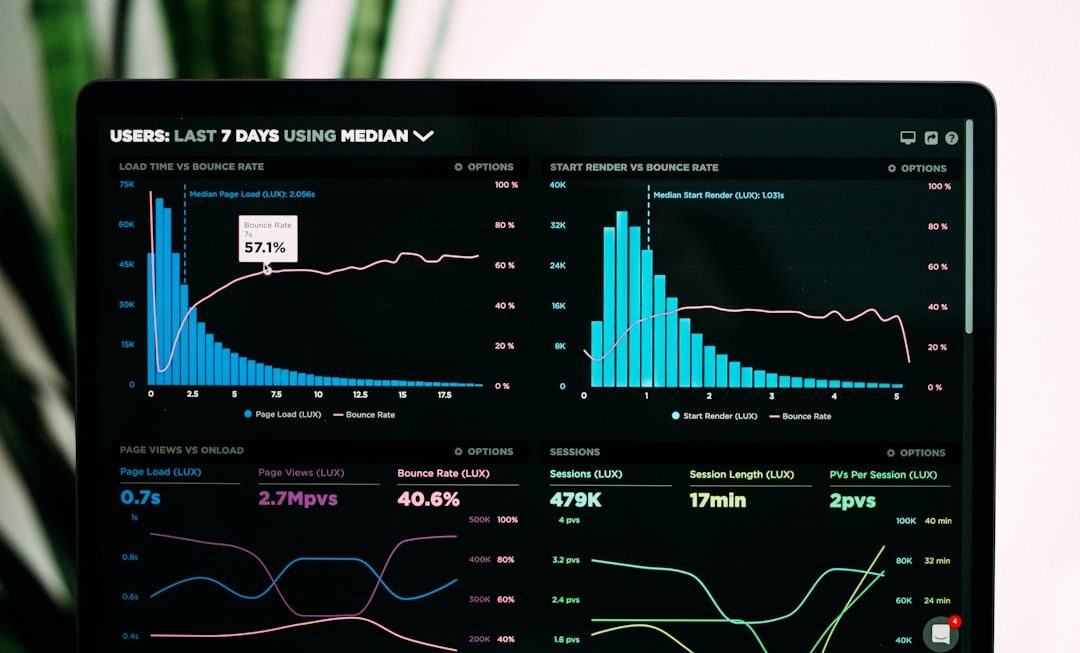In today’s digital age, mobile applications have become essential for businesses and individuals alike. As apps become more complex and increasingly rely on cloud platforms for storage, computation, and communication, ensuring the security of data has never been more critical. With cyberattacks and data breaches on the rise, app developers must prioritize proper security measures throughout development and deployment phases.
Secure mobile app development requires a comprehensive strategy that encompasses both cloud integration and robust data protection. By adopting industry best practices, developers can safeguard sensitive user information while ensuring app performance and reliability.
Understanding Cloud Integration for Mobile Apps
Cloud integration allows mobile apps to communicate and synchronize data with cloud-based services in real time. This integration offers several benefits including scalability, automatic updates, enhanced collaboration, and centralized data management. However, these advantages come with increased risks if proper security protocols are not followed.
Cloud-connected mobile apps are only as secure as their weakest integration point. Here are key considerations to mitigate potential threats:
- Use Secure APIs: APIs are the primary bridges between your mobile app and cloud services. Ensure APIs are accessed via secure HTTPS channels and enforce authentication abstractions such as OAuth2.
- Data Encryption: Use strong encryption techniques like AES-256 for data-at-rest and TLS for data-in-transit. This ensures that even if data is intercepted, it is unreadable without decryption keys.
- Authentication and Authorization: Implement multi-factor authentication and role-based access control (RBAC) to control who can access the backend and cloud services.

Protecting User Data in Mobile Applications
Protecting end-user data is a core responsibility of every developer. Whether storing data on the device, transmitting to cloud servers, or processing in real time, maintaining data integrity and security is paramount.
Here are some of the best practices for ensuring user data is secure at every stage:
- Minimize Data Storage: Avoid storing sensitive data on the device or server unless absolutely necessary. Temporarily needed data should be set to expire or auto-delete after use.
- Secure Local Storage: If data must be stored locally, use secure containers like Keychain for iOS and EncryptedSharedPreferences or the Android Keystore system for Android.
- User Privacy Compliance: Ensure the app complies with global data privacy laws such as GDPR, CCPA, and HIPAA. Provide clear privacy policies and get user consent before collecting any personal information.
Mobile apps should also be regularly tested through automated and manual penetration testing to identify vulnerabilities before attackers do.
Leveraging DevSecOps in Mobile App Development
Integrating security as a continuous part of the development lifecycle—referred to as DevSecOps—ensures that vulnerabilities are addressed early in the process. This approach promotes faster deployment while increasing the overall security of your mobile ecosystem.
Key actions to integrate DevSecOps:
- Include static and dynamic security testing tools in CI/CD pipelines
- Train developers in secure coding practices
- Implement automated vulnerability scans after each update or build

Conclusion
The integration of mobile applications with cloud technologies has transformed modern computing, but it also heightens exposure to potential security risks. By employing secure cloud integration methods, enforcing strict data protection protocols, and adopting a DevSecOps mindset, developers can build trustworthy and resilient apps for users around the globe. Securing your mobile app is not a one-time task—it’s a continuous process that evolves along with your technology and user needs.
Frequently Asked Questions
- Q: What is the most important aspect of securing a mobile app connected to the cloud?
A: Ensuring secure API integration and encrypting data both in transit and at rest are the most critical layers of protection when connecting a mobile app to the cloud. - Q: How can developers protect sensitive user data stored on the mobile device?
A: Use encrypted storage methods offered by the OS, such as Android Keystore and iOS Keychain, and limit the amount of data stored locally. - Q: How often should mobile apps undergo security testing?
A: It’s advisable to perform security testing during each major development milestone, during every code update, and as part of continuous integration cycles. - Q: What is DevSecOps?
A: DevSecOps is the practice of integrating security early in the software development lifecycle, ensuring that developers address security vulnerabilities through development, deployment, and operations. - Q: Are cloud service providers responsible for all data security?
A: No, cloud security operates on a shared responsibility model. While providers maintain infrastructure security, developers must secure application-level access and data.




